Ancient bronze artwork discovered in 1978 symbolizes vigor of culture, Zhao Xu and Ma Jingna report.
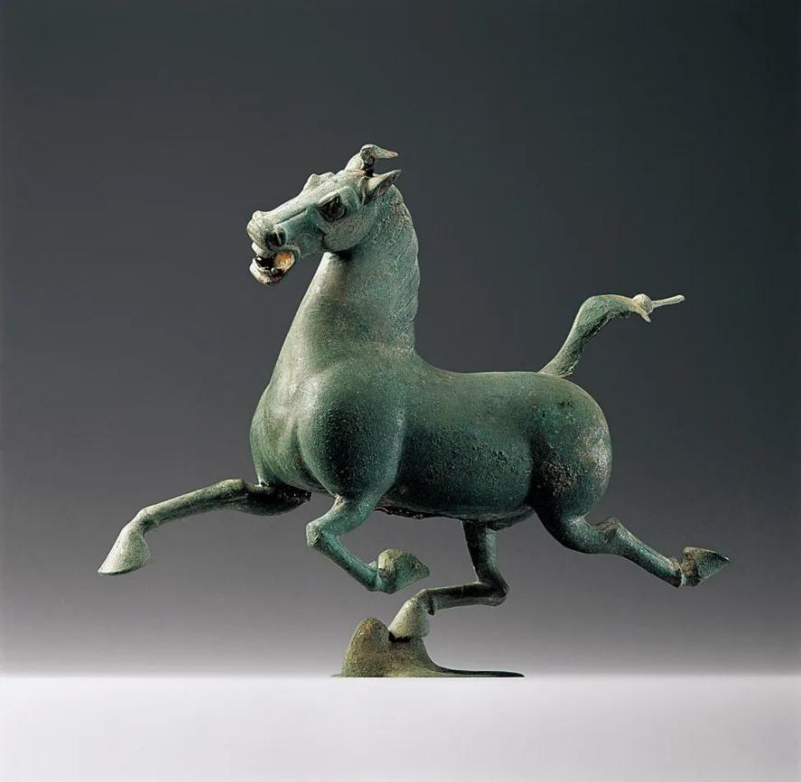
This is not merely a bronze horse from nearly 2,000 years ago — it transcends the title of a masterpiece of art. For the Chinese today, it is a symbol of strength, an emblem of fortitude, a token of the vigor and verve that defines both its era and our own.
It is a galloping horse frozen in a moment of pure exhilaration, all four hooves off the ground and head tilted to one side in joyous abandon. Every detail — from the flared nostrils to the gaping mouth and wide, bulging eyes — speaks to the boundless energy coursing through the animal's veins in that fleeting moment.
READ MORE: Treasured legacy worth protecting
As if the sense of speed were not yet fully captured, a bird appears beneath the horse's raised right hind hoof. Startled, it turns back in alarm — just as the unstoppable force of the horse overtakes it.
Since its discovery in 1978 in a Han Dynasty (206 BC-AD 220) tomb dated to around the late 2nd century, the bronze horse, standing at approximately 36 centimeters in height, has been regarded as the most prominent representation of the "heavenly horses" frequently mentioned in historical texts of the era. These horses, a breed native to the ancient Kingdom of Dayuan in present-day Uzbekistan, were prized for their exceptional build and stamina, making them ideal warhorses.
Emperor Wudi of the Han Dynasty, believing that smooth passage along the Hexi Corridor would help fill his stables with these remarkable creatures, desperately sought to acquire them.
That goal was eventually accomplished. The horse, currently on display at the provincial museum in Lanzhou, Gansu province, offers a fitting starting point for any traveler hoping to dive into that history.
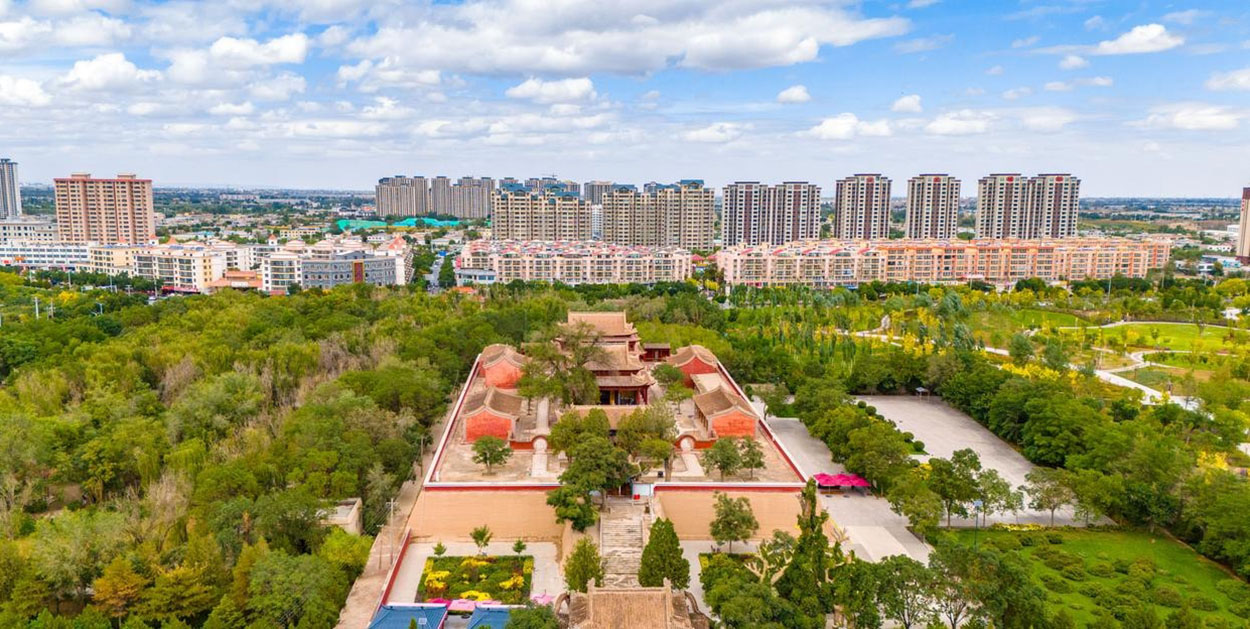
Few may realize that although Lanzhou, as the provincial capital, is not technically part of the Hexi Corridor, it lies a mere 160 kilometers from Wushaoling, or Wushao Mountain, the eastern end of the corridor. In 121 BC, Huo Qubing, poised to become the dynasty's guardian god in his battle against the nomadic Xiongnu horsemen, entered the Hexi Corridor from here.
Today, major archaeological finds from the Hexi region fill the galleries of the provincial museum, including a wooden spotted dove that once adorned a cane, a symbol of privilege reserved by the Han Dynasty law for those over 70. These privileges, recorded on wooden slips also displayed in the museum, included exemptions from taxes and the right to remain standing before a court official. Their discovery in the region attests to Han Dynasty's firm control over Hexi.
There are also many miniature wooden farm animals and tools once used as funerary objects — evidence of the thriving agriculture and livestock farming in the corridor's oasis towns. One of these towns was Wuwei, a major political center of the region between the early 4th century and mid-5th century.
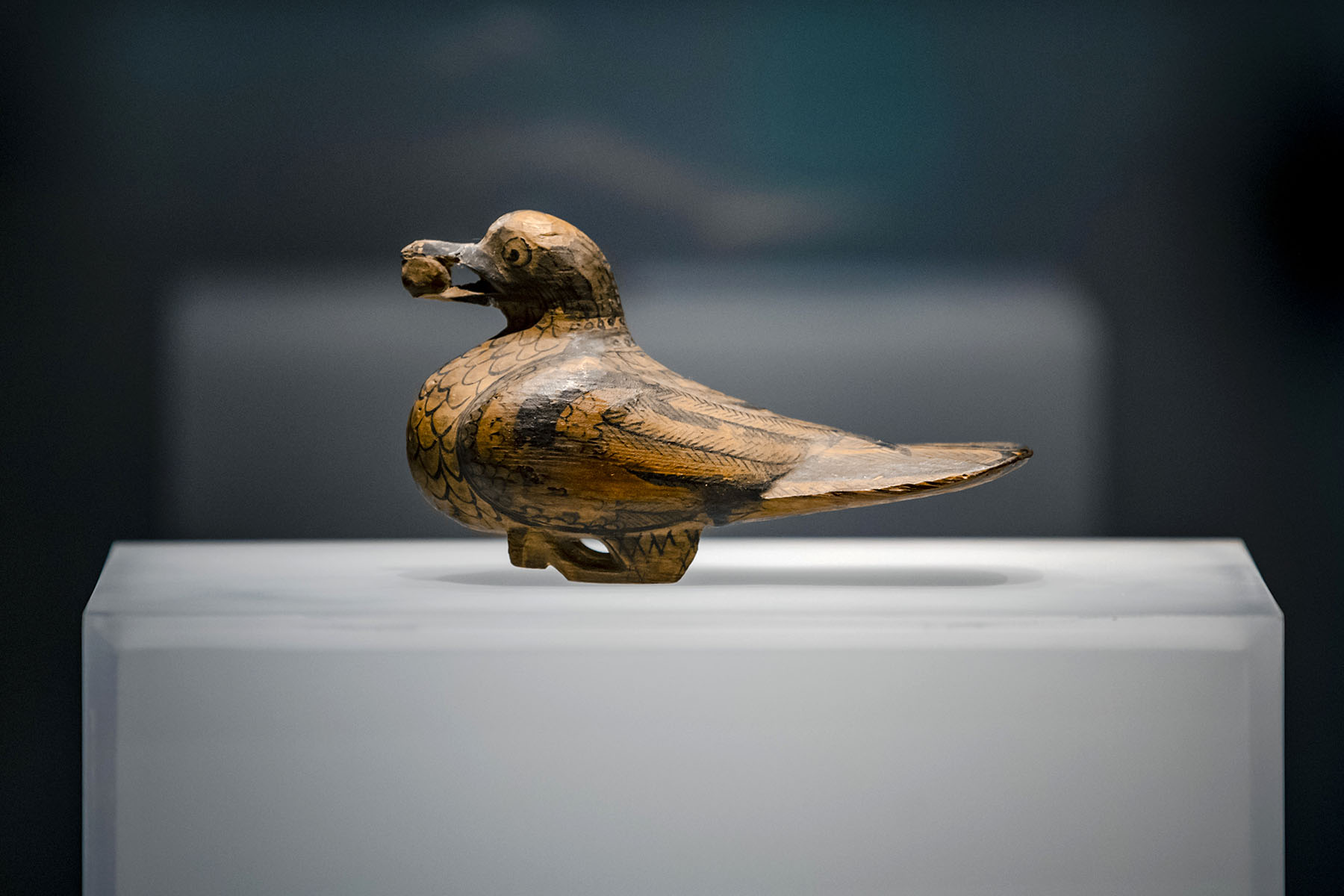
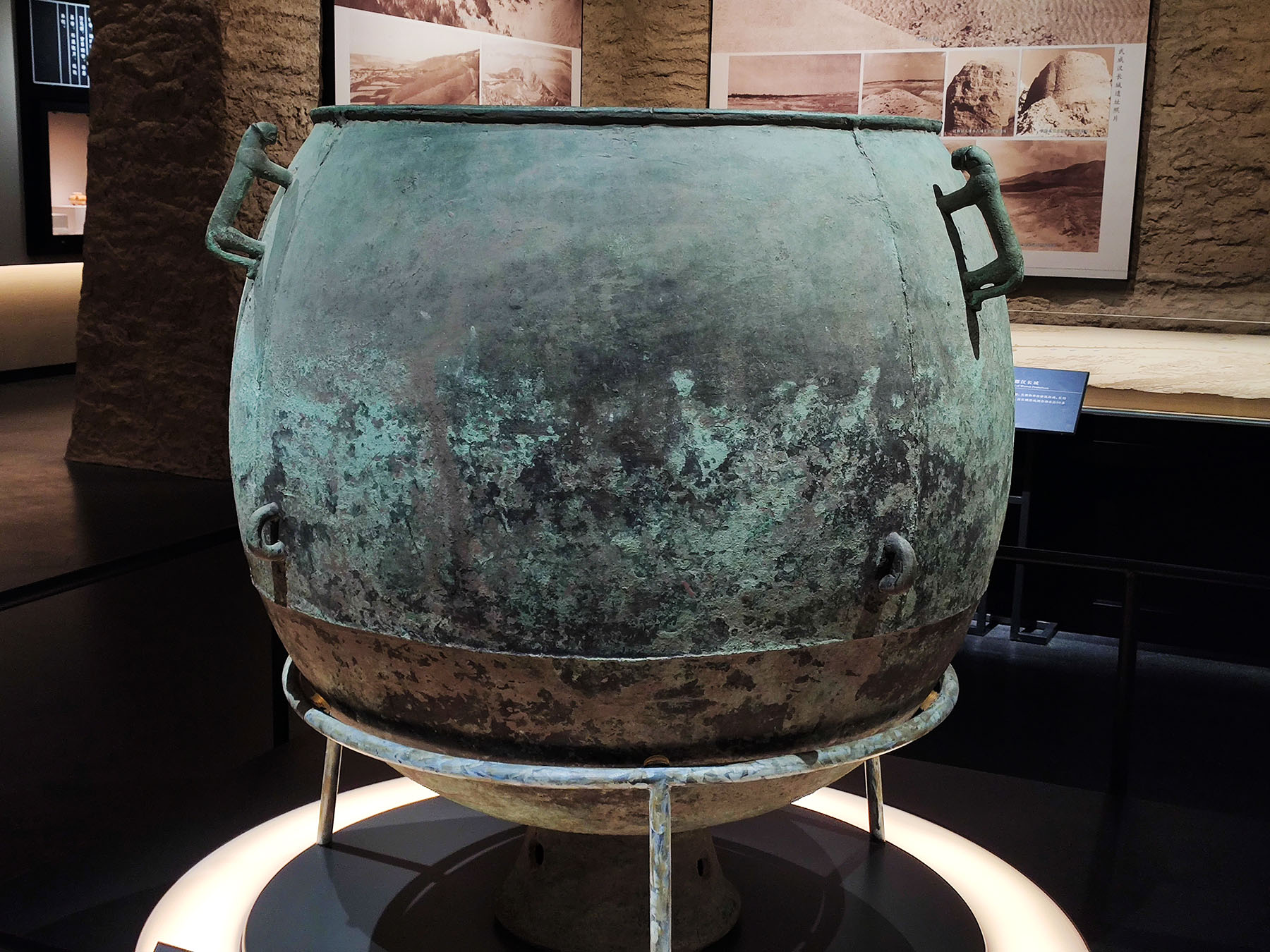
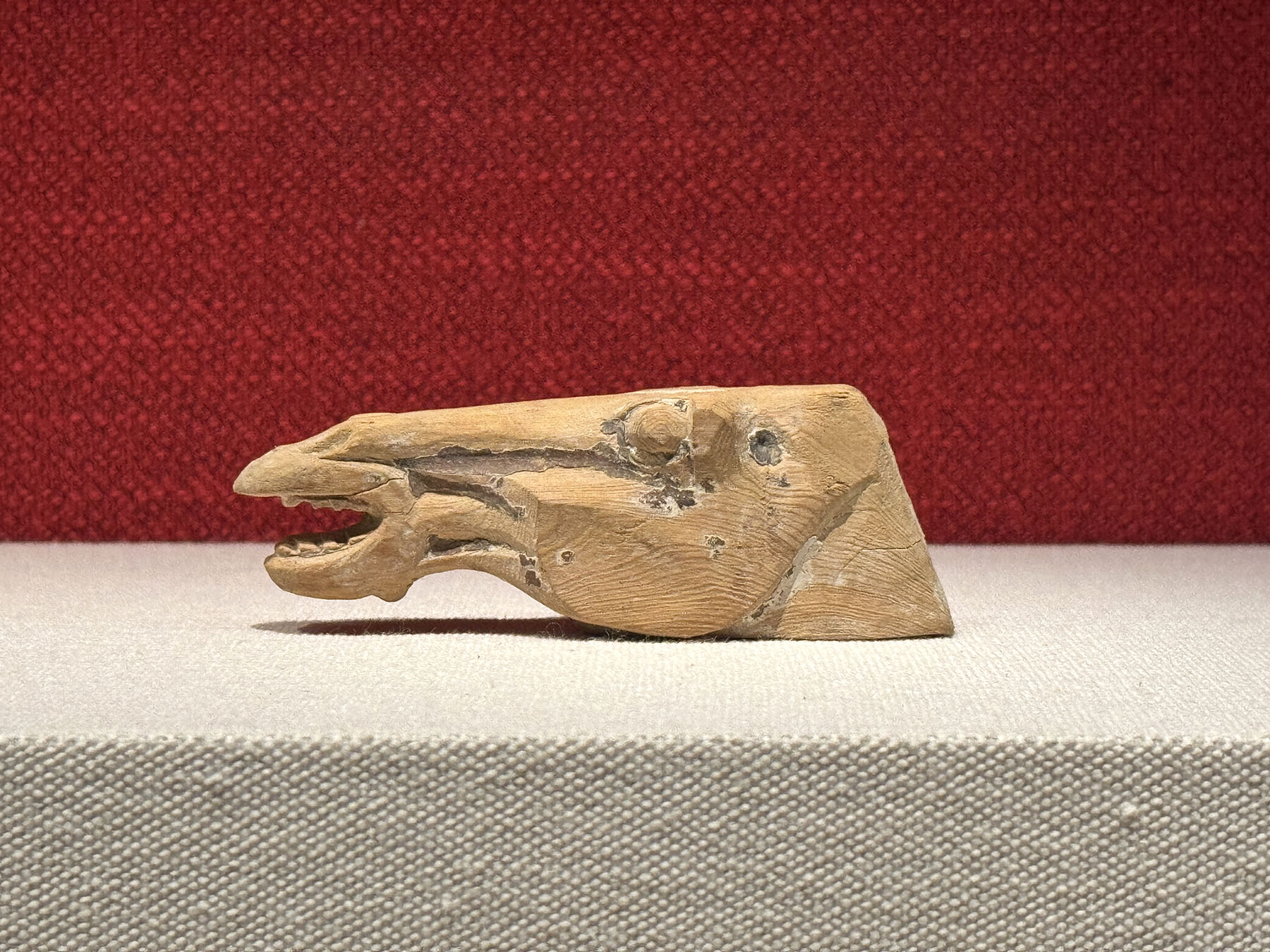
Remember to visit the Wuwei Museum, whose collection ranks among the finest in the country. One of its prized artifacts is a massive bronze wok, standing at 118 cm in height and weighing 230 kilograms. Excavated locally, it is believed to have been used by Xiongnu troops for stewing beef and mutton — dishes a modern traveler to Hexi must try, as the region still boasts some of the finest beef and mutton in China.
Both museums have dedicated large sections of their spaces to Silk Road artifacts — fabric specimens and silverware adorned with grapevines and the image of the Greek wine god Dionysus, for example. The Sogdian people, whose control over Silk Road trade peaked from the 4th to the 8th centuries, are represented by pottery figurines wearing big beards and the equivalent of modern-day windbreakers. Wall texts tell the invention in the silk-buying regions of a primitive drying device, to make the fabrics drier, lighter, and therefore cheaper to purchase since it was sold on milligrams, very much like gold.

Then there are the horses — wooden, ceramic, and, of course, bronze — all on display in the museums. But one must visit the Leitai Han Tomb in Wuwei, not only because it is the very site where the famed bronze horse, so fast as to outpace a flying bird, was discovered, but also because in a side chamber of the tomb lay an entire bronze chariot procession: 39 horses, 45 human figures and 14 chariots, including the aforementioned one.
The tomb's vaulted main chamber, soaring 4.5 meters high, is built entirely of baked bricks — without cement, concrete, or any binding material. Yet, it has endured for 1,800 years, even withstanding the devastating 1927 earthquake that leveled much of Gansu's aboveground architecture. Inside, intricate branch-shaped lanterns were discovered, designed to consume all oxygen in the chamber, preventing oxidation and preserving its content.
The tomb is believed to have belonged to a Han Dynasty general and his wife, as a faded seal in the back chamber bears the characters jiang jun (general). Two coffins lie within — one containing female gold accessories and silk garments, the other holding a fragment of a male leg bone, a few seals and a bronze crossbow trigger.
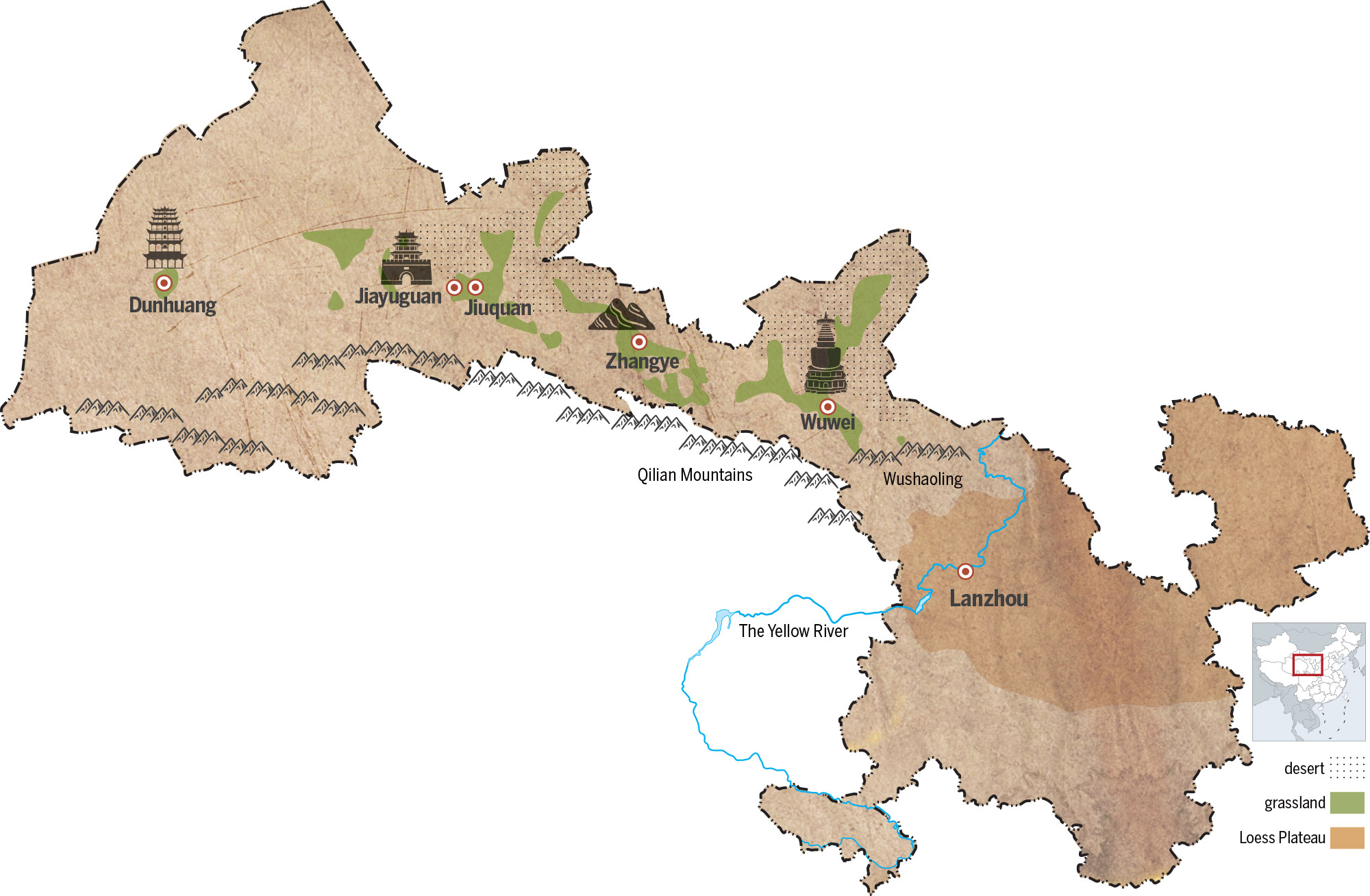
"The general may have died on the battleground, only for his leg bone to be picked up and sent back," says Chen Qinqin, a guide on the site, which also features a small museum dedicated to the cultures of the Han Dynasty.
ALSO READ: Gansu remains in vanguard of global trade
According to her, the site got its name Leitai (The Shrine to the God of Thunder) from a temple built during the Ming Dynasty (1368-1644).
"The Ming people had no idea they were building a shrine right on top of a Han tomb," says Chen. "But when you think about it, it's typical of Hexi, where one layer of history was inevitably built upon another, and revelations often come when least expected."
Must visit:
・ Gansu Provincial Museum: No 3, Xijin Road (W), Qilihe district, Lanzhou city, Gansu province
・ Wuwei Museum: No 25, Guzang Road, Liangzhou district, Wuwei city, Gansu
・ Leitai Han Tomb: No 272, Beiguan Road (M), Liangzhou district, Wuwei city, Gansu
Tong Yunshan contributed to this story.
Contact the writers at zhaoxu@chinadaily.com.cn


